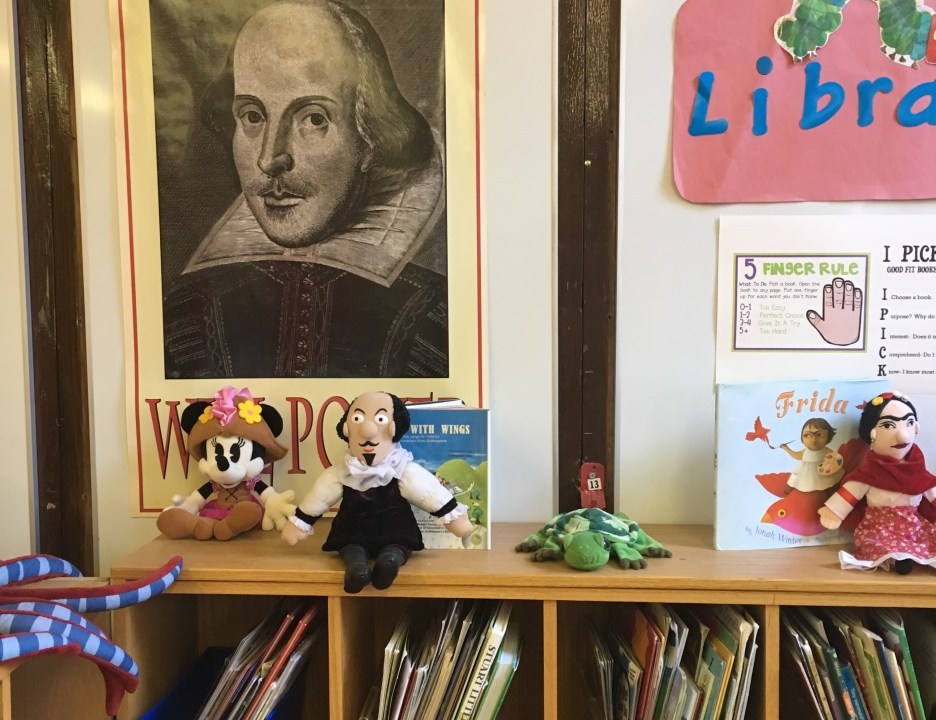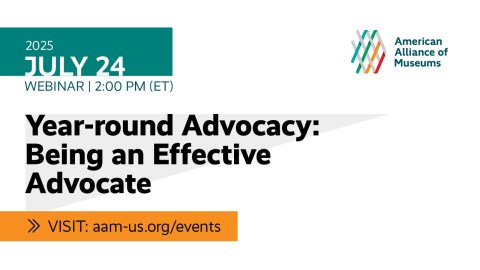
“What do you want to be when you grow up?” This often vexing question has undoubtedly been posed to a person a myriad of times throughout his or her life; from a child as young as a rambunctious toddler, to a high school senior on the verge of selecting that “just right” college, to one’s adult self in the form of a broken-record-like inner monologue. What do you want to be when you grow up?
After graduating from a small, private liberal arts college in Ohio, I found myself ruminating on this question almost obsessively. I always thought I would be an attorney, even though friends and family encouraged me to be an educator like my mother. For some reason, I fought against this particular career path, even though I had witnessed first-hand the profound difference my mother had made in the lives of her students. No. That’s just not for me. After declining to attend law school in the fall after graduating college, I moved to the big city. What do you want to be when you grow up? I needed to figure things out.
At that time, a major city’s struggling school district was hiring Literacy Intern Teachers to help boost Reading test scores. I kept hearing the words; you should be a teacher like your mom. I gave in and took a chance. I applied and was accepted into the program. While teaching full-time, I also attended graduate school full-time. I was exhausted, both physically and emotionally. As a teacher, whether “green” or seasoned, one must choose what is “right” bureaucratically versus what is “right” in one’s gut, one’s soul. That is what is the most exhausting aspect of teaching.
When I was in graduate school, I had a professor who gave me the best advice I could have ever received as a fledgling educator: Teach between the cracks. Do what you gotta do. That’s how you’ll make a difference.She could not have known that day what an impact these sage words would have on me, even now. Especially now.
Teach between the cracks. Do what you gotta do. These words have served as my battle cry in a profession that prizes high test scores over creativity and critical thinking. These words are what steeled me against criticism from an administrator who told me my Shakespeare poster “has no place in a First Grade classroom. Take it down.” I kept The Bard up in place of the desired anchor chart my students would never use. I made the decision that day, as my administrator threatened to write me up, that I wanted to be a teacher—a teacher who taught with her gut, rather than with a scripted manual. Every day I do what I gotta do to make learning come alive for my students. I teach between the cracks because that is what lets in the light.
After teaching in public school for another year, my husband and I moved to Washington, DC. During my first five years in the District, I had the privilege of teaching at a museum-based lab school located in the Smithsonian’s National Museum of Natural History. It was an invaluable experience that ultimately allowed me to better hone my craft as an educator. There, creativity was celebrated, not condemned. There, it was commonplace for a classroom of four-year-olds to be studying The Invisible Man, or two-year-olds recreating the artwork of Alexander Calder. While teaching in the museum, I learned the value of emergent curriculum. I did not need to ask permission to explore what my students wanted to explore, or what I wanted to explore. There was no mandated boxed curriculum. I could have my Kindergarten students put on Macbeth for our annual play. I also learned, however, that even in the most innovative schools, one must still “teach between the cracks.” There, the windows may have opened wider and let in more sunlight, yet, like in any school, the windows were not flung as wide as they could go.
There inevitably came a time while teaching at the lab school, when I craved a new professional challenge. I found myself missing my public school roots. I contemplated, How could I bring this inventive teaching to my new school? I accepted a teaching position within DCPS where my administrators are thrilled that I teach Shakespeare and Alexander Calder. I am inspired by my incredible colleagues who “teach between the cracks” in their own special ways to inspire their students. These types of amazing educators are everywhere. One need not look too hard to find them.
Teaching at the museum solidified for me the type of teacher that I would always strive to be—an out-of-the-box educator who challenges preconceived ideas about how young children should be educated. That experience taught me that pushing the boundaries of my students’ thinking forever alters my own thinking, and vice versa; that is my definition of education. This year marks the ninth year that I have taught Shakespeare to my Kindergarten and First Grade students. The Bard has become, I suppose, the figurative banner that I carry into battle with me. That day that I was told I could not teach my students about him woke me up. I am still faced with variations of the same question: Why do you teach Shakespeare to little kids? They don’t understand it. But they do! Never underestimate a child’s knowledge and understanding. It is all about how material is presented to them.
One such instance really stuck with me. A couple of years ago, I used a print of Edvard Munch’s The Screamin tandem with that particular day’s excerpt of Macbeth—Shakespeare for Kids. I asked my Kindergarten kiddos, “How does this painting relate to how Macbeth is feeling?” After hearing many astute responses, I called on a shy boy who struggled a lot academically. He put down his quiet hand and said, “That man in the painting is Macbeth. He is screaming inside because he loves Duncan but he wants to be king more.” I talked with his mother recently. He still checks out books about Shakespeare from the library.
My fellow educators and I are tasked with a very important job—to stretch our students’ understanding and world view, to challenge them (and ourselves) to stray from our respective comfort zones, to make learning meaningful, accessible, and tangible for them. Kids are more likely to remember how a piece of art or literature fueled the fires of their imagination, rather than an endless flow of worksheets. Whether I am teaching in an urban public school or a lab school at the Smithsonian, I will teach between the cracks because that is how the light penetrates. I am more confident than ever that I know what I want to be when I grow up. I am already doing it. And when a new teacher asks me for my advice, I always respond the same: Teach between the cracks. Do what you gotta do. That’s how you’ll make a difference. Push that window open as wide as it will go.
Jaime Wolfe is originally from northwest Ohio, where she earned her Bachelor of Arts degree in English from The College of Wooster. She later obtained a graduate degree in Elementary Education from the University of Pennsylvania, as well as a Master of Arts in English Literature from Middlebury College’s Bread Loaf School of English. Before beginning her teaching career in the District of Columbia public schools, Jaime taught first, second and third grades in Philadelphia Public Schools. After living in Philadelphia for six years, she moved with her husband to Washington, DC, where she taught Kindergarten for five years at the Smithsonian Early Enrichment Center, a museum-based lab school located in the National Museum of Natural History. Jaime uses art, classic literature, Drama, and object collections to make learning come alive for her students! One of her favorite things to introduce to her kiddos is William Shakespeare, among other classic writers, such as Edgar Allan Poe and Sir Arthur Conan Doyle. She does so in a kid-friendly manner that makes such writers accessible to young children. Jaime has been teaching for 12 years. She lives in Washington, DC with her husband, David, young daughter, Amelia and furry feline, Rupert. When she is not teaching, Jaime enjoys writing, reading voraciously, cycling, and training for long-distance races. Contact Information: jaime.wolfe@dc.gov







